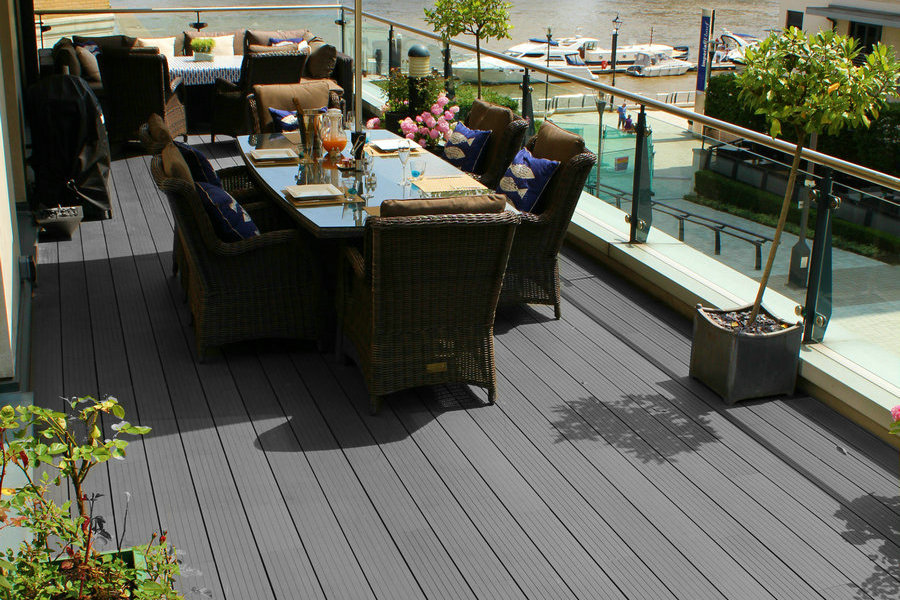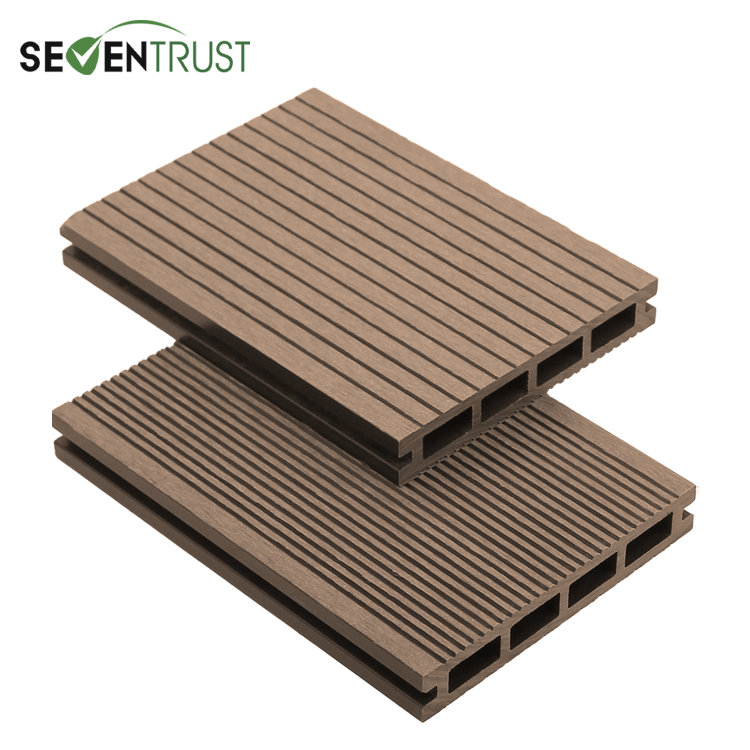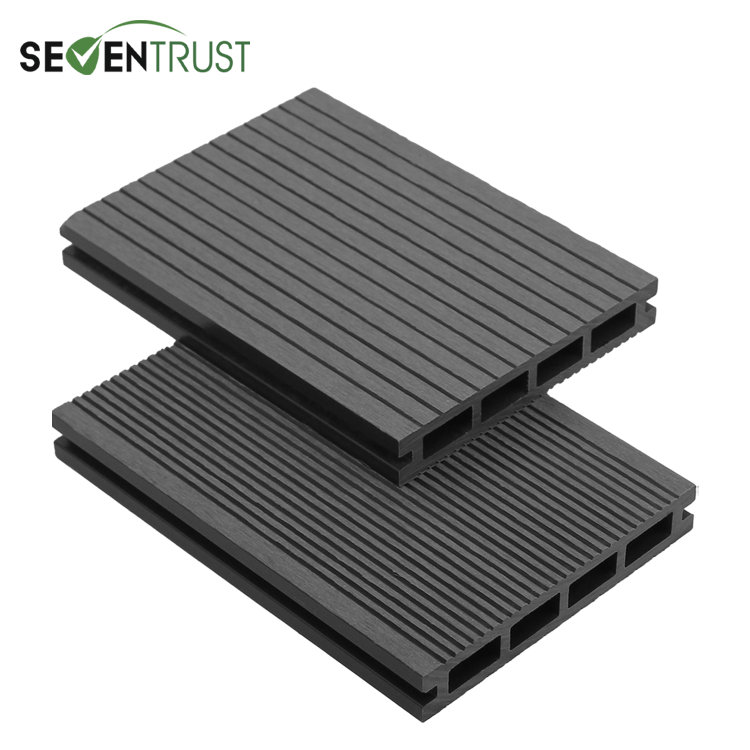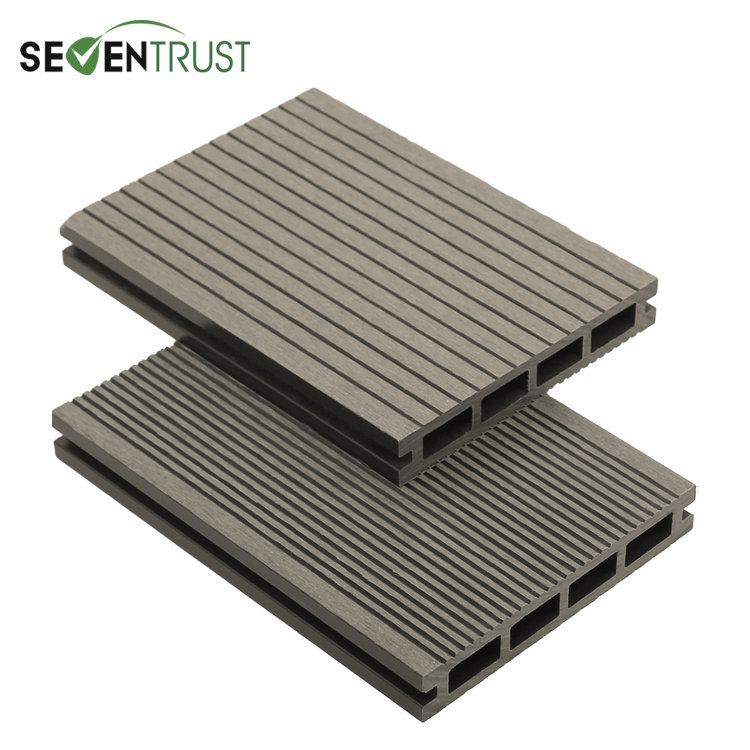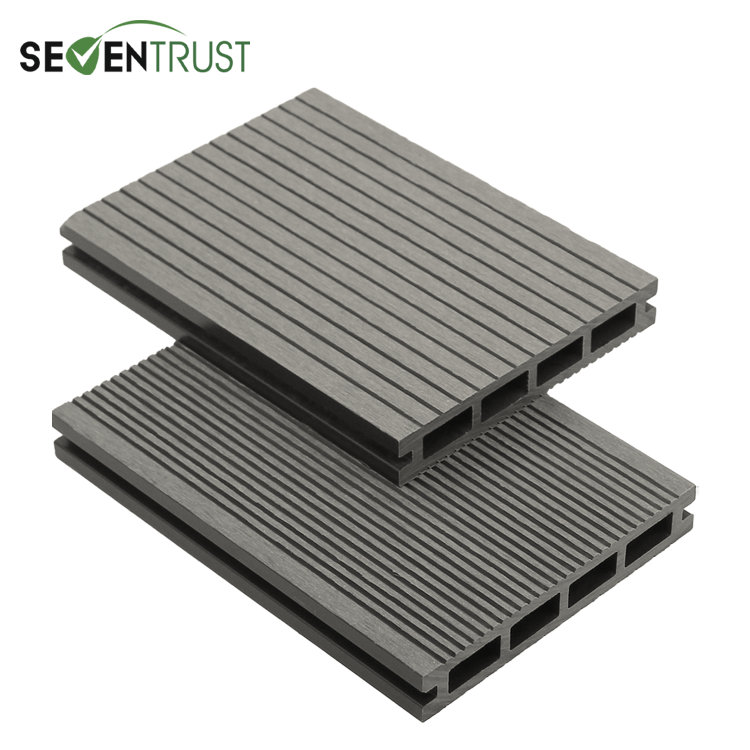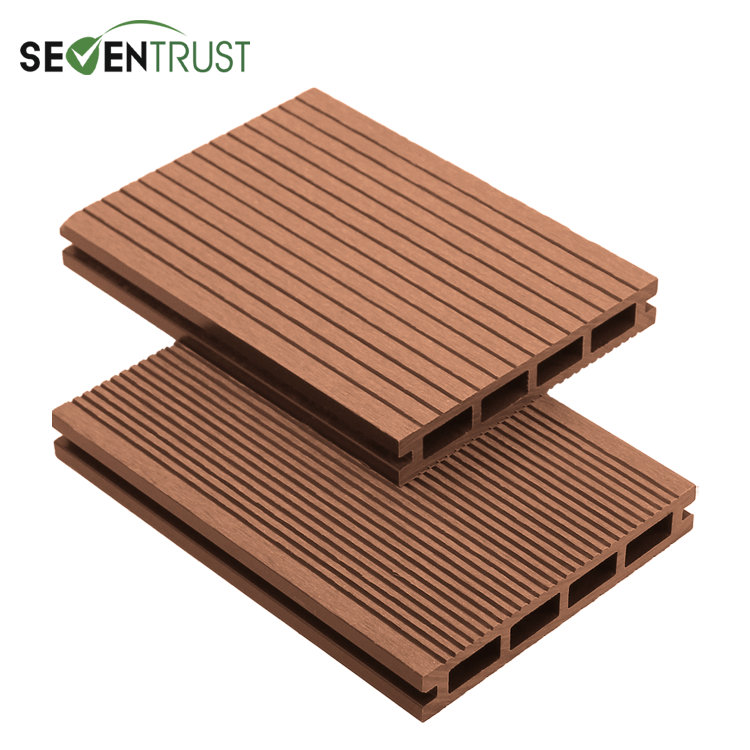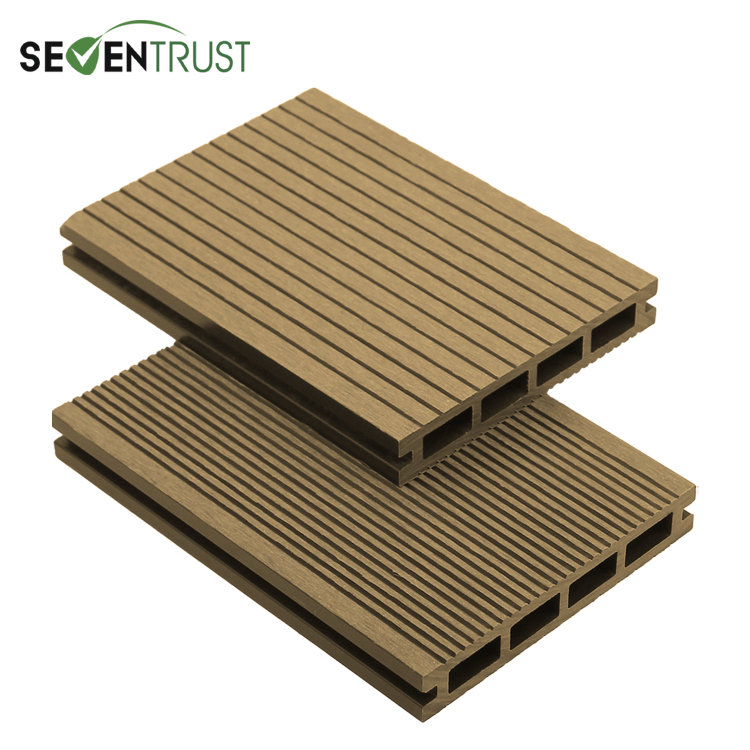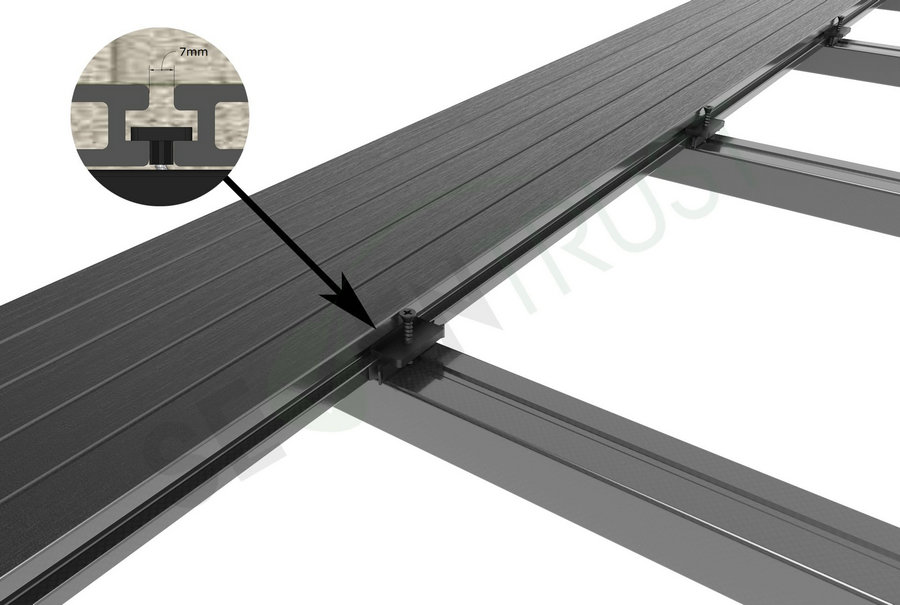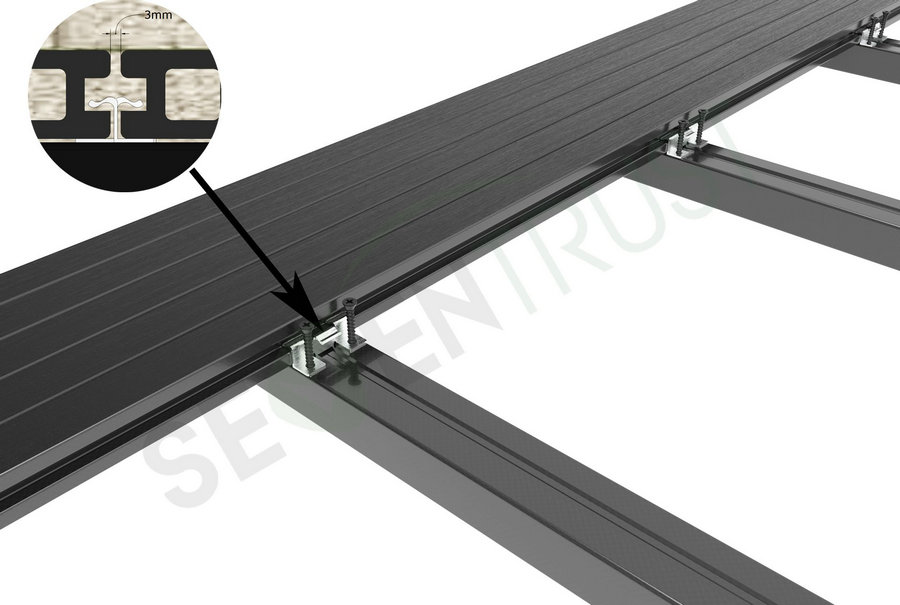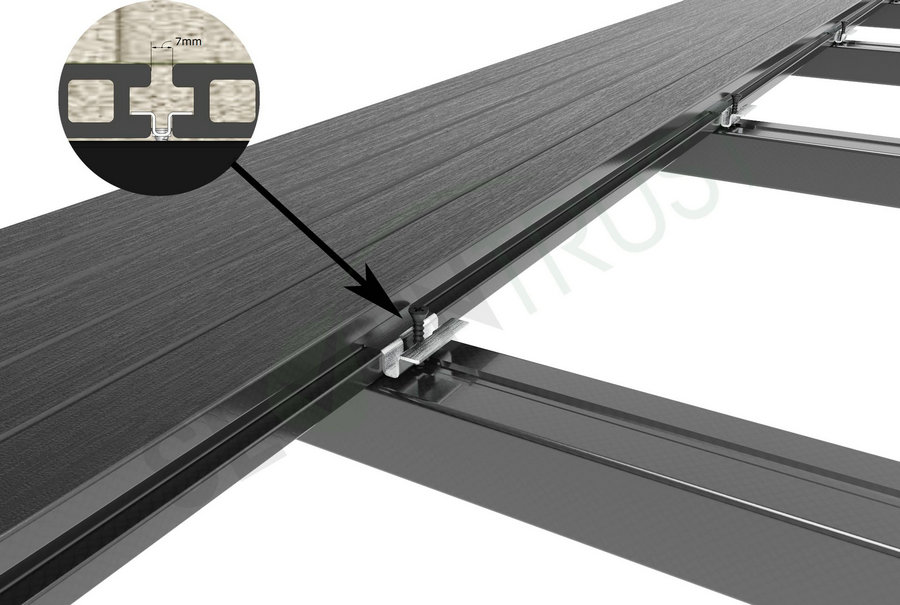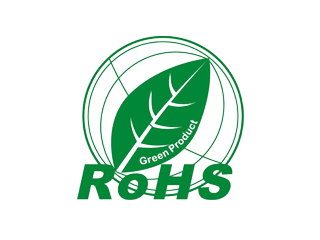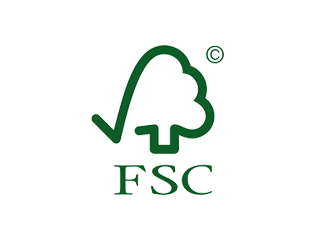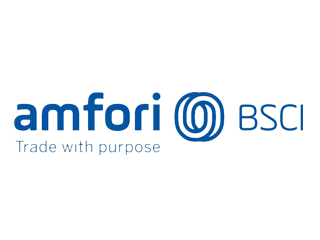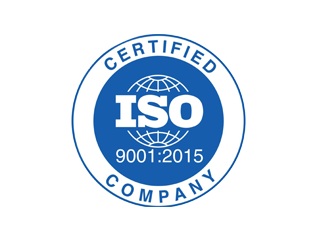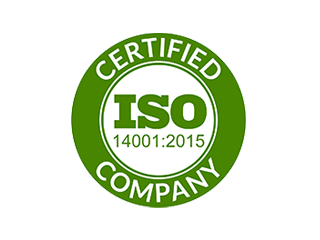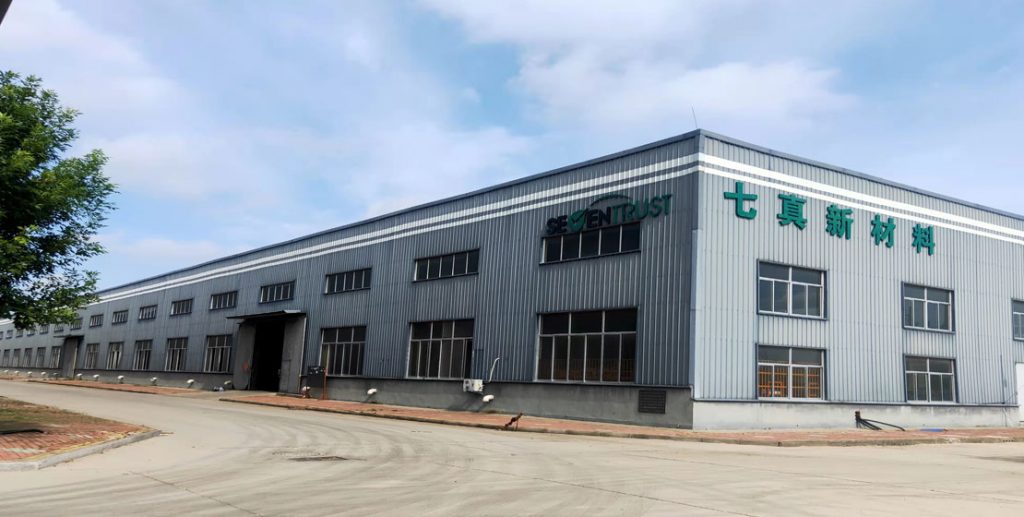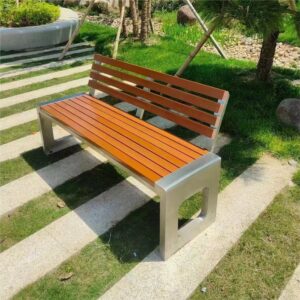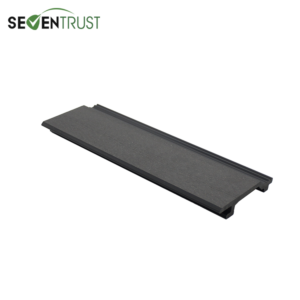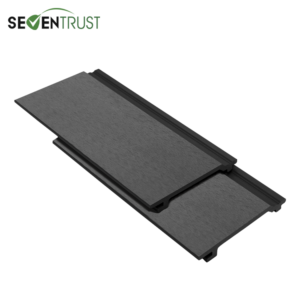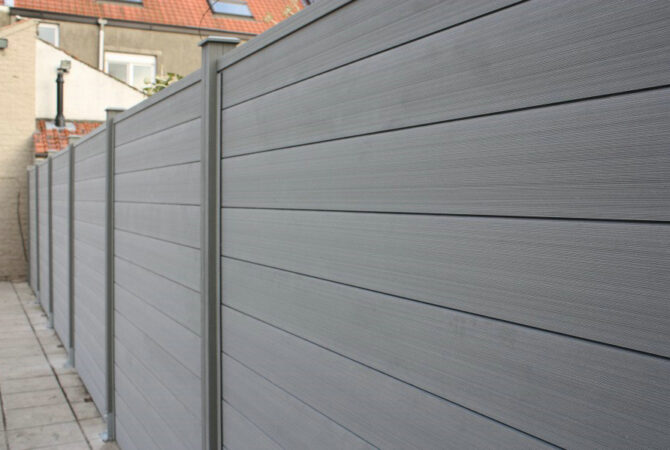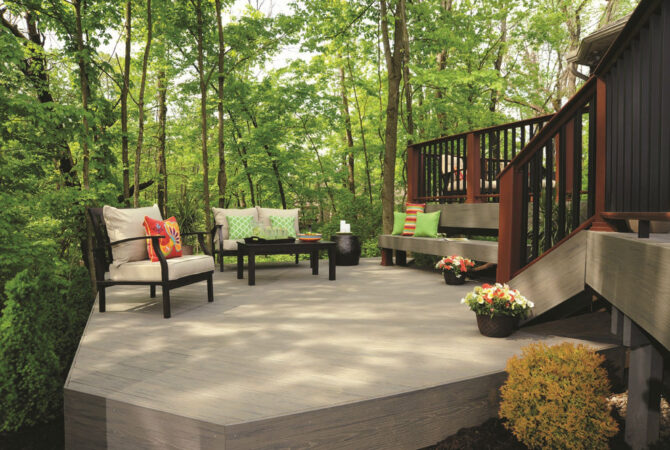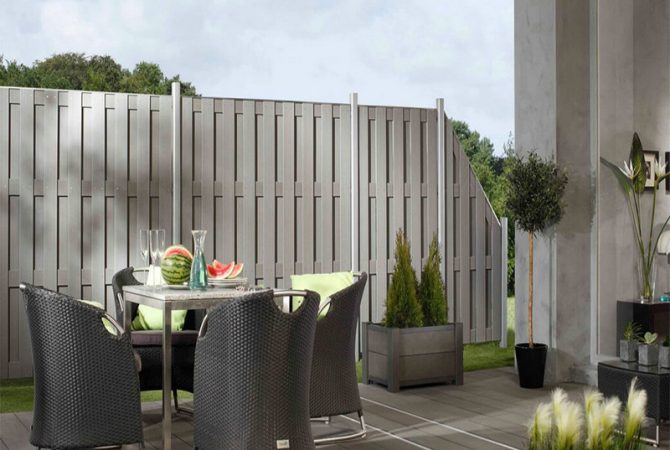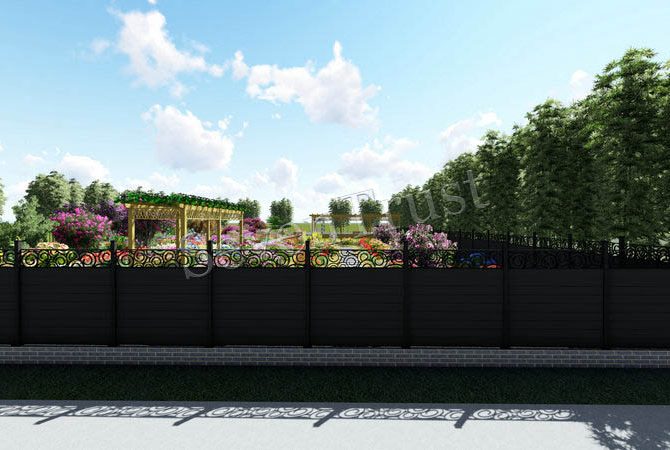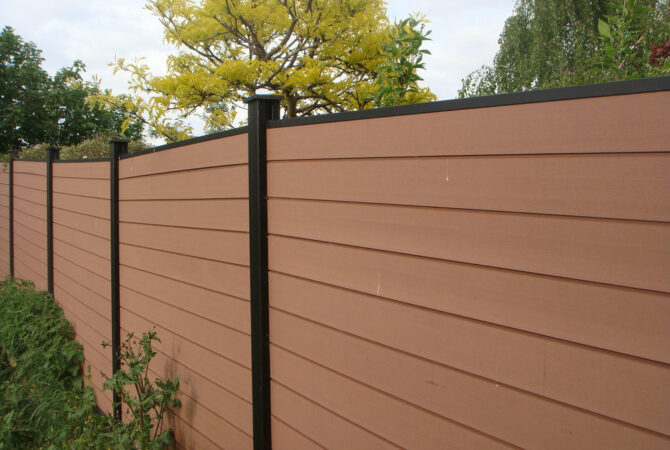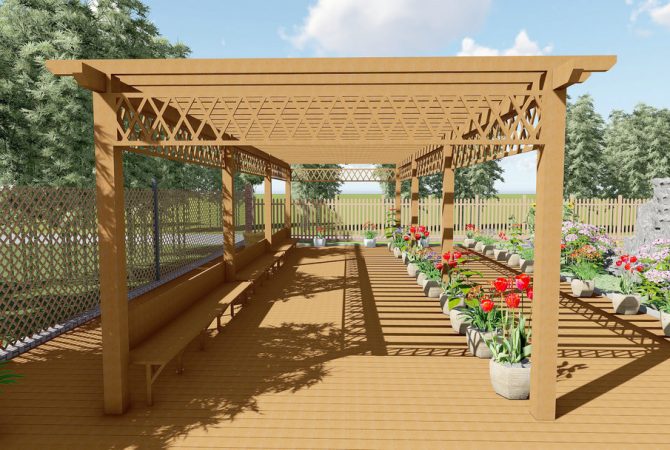WPC decking is a floor made of wood-plastic composite material. It has the same processing characteristics as wood. It can be sawed, drilled, and nailed with ordinary tools. It is very convenient and can be used like ordinary wood. At the same time, it has the woody feel of wood and the water-proof and anti-corrosion properties of plastic, making it an excellent and very durable outdoor waterproof and anti-corrosion building material.
WPC deckingis a new type of environmentally friendly building materials that has recently emerged, and it has just started abroad. The raw materials used in wood-plastic products can use waste plastics and waste wood, agricultural and forestry orange stems and other plant fibers as substrates, and do not contain any additional harmful ingredients. Moreover, it can be recycled and reused, and it can be regarded as a novel product that is environmentally friendly, energy-saving, and resource-recycling in the true sense.
ST-140H23 WPC Decking Product Description
Name | ST-140H23 ECO Composite Decking |
Brand Name | SEVEN TRUST |
Size | 140mm x 23mm |
color | Teak,Redwood,Light grey,Dark grey,Chocolate,Grey white... |
Features | Waterproof, anti corrosive, anti slip, mildew proof |
Profiles | Solid Decking |
Package | Pallet |
Warranty | More than 5 years |
Lifetime | more than 25 years |
Application | Park Deck, Veranda Deck, Swimming pool Decking |
Surface treatments | Sanding, groove, embossed |
MOQ | 200 Square Meter |
WPC Component | 55% wood fiber, 35% HDPE, 10% additives |
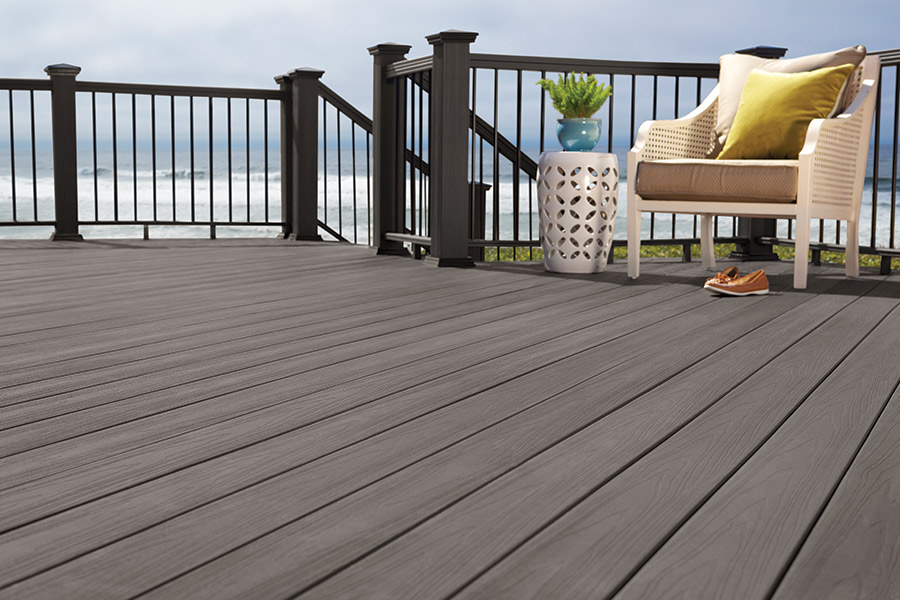
Main Material
WPC decking is a new type of green energy-saving and environmentally friendly product extruded from recycled wood flour and plastic. The composition ratio is 55% wood flour (wood flour is mainly poplar flour) and 35% high-density polyethylene (HDPE) , 10% additives (antioxidants, colorants, lubricants, UV stabilizers, etc.) necessary chemical additives.
Performance and advantages
- It has a strong sense of wood, has a similar appearance to logs, and has the same processing performance. It can be nailed, drilled, planed, and glued.
- Easy to install, low installation cost, no need for regular maintenance.
- Moisture-proof, anti-corrosion, insect-proof and anti-termite, strong anti-collision, not easy to wear, deform and break.
- High fire resistance. It can be effectively flame-retardant, with a fire-proof rating of B1, self-extinguishing in case of fire, and does not produce any toxic gas.
- It has strong weather resistance and can be used safely at -40 degrees Celsius to 60 degrees Celsius.
- No need to color, the color can be customized according to preferences, anti-ultraviolet stability, strong color stability.
- The product has a long service life and can be reused many times. The average use time is more than five times longer than that of wood. The use cost is 1/2 to 1/3 of that of wood. It has a great advantage in cost performance.
[Attached: Supplementary Information-Fireproof Material Grade]
Class A: Non-combustible building materials, materials that hardly burn.
Class A1: non-combustible, no open flame
Class A2: Non-combustible, smoke must be measured and qualified.
Class B1: Flame-retardant building materials: Flame-retardant materials have a good flame retardant effect. It is difficult to catch fire in the air or under the action of high temperature, and it is not easy to spread quickly, and the combustion stops immediately when the fire source is removed.
Class B2: Flammable building materials: Flammable materials have a certain flame retardant effect. When exposed to an open flame in the air or under the action of high temperature, it will catch fire immediately, which will easily lead to the spread of fire, such as wooden pillars, wooden roof trusses, wooden beams, wooden stairs, etc.
Class B3: Flammable building materials, without any flame retardant effect, extremely flammable, and have a great fire hazard.
Application
The price of wood-plastic products is higher than that of wood boards compressed by preservatives, but the maintenance amount is small, and only a small maintenance cost is required. Under outdoor use conditions, cracking is reduced, and there is no pollution and corrosion failure caused by the loss of chemicals. High durability.
Because wood-plastic composite materials have excellent moisture resistance and dimensional stability, their applications in garden construction are gradually increasing, such as making tables and chairs, garbage bins, etc. The application of composite materials in gardens reduces the large demand for solid wood. At the same time, its advantages in complex and diverse shape processing provide a great creative space for garden design, enabling designers to create more beautiful and unique than solid wood materials Garden artwork.
Where wood is used, WPC decking can be considered instead, which is widely used in outdoor courtyards, gardens, landscapes, and hydrophilic platforms. Our wood-plastic flooring is often widely used as outdoor flooring. The main application sites are squares, plank roads, landscape bridges, terraces, courtyards, garden decorations, etc.

